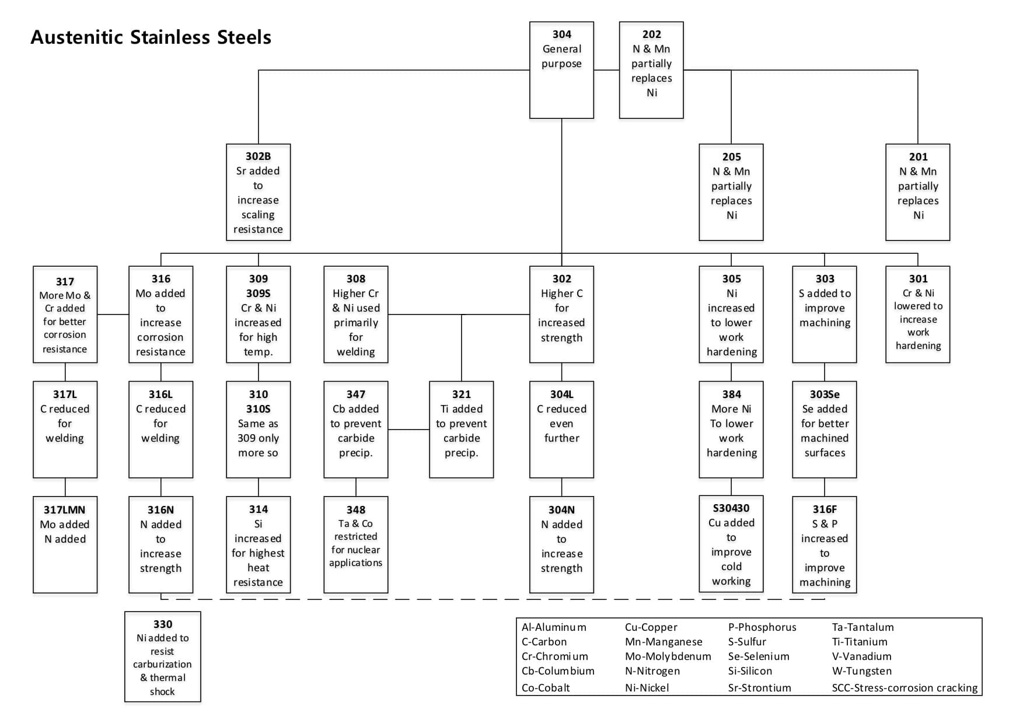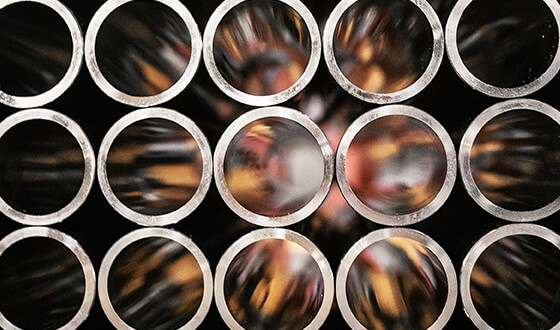Stainless Steel Grades & Families: Explained
While stainless steels will share some characteristics, understanding the different types available is essential to finding the optimal traits and price points for your needs. Due to its versatility, durability and affordability stainless steel production continues to increase around the world year after year.But stainless steel isn’t a single alloy. While stainless steel gets a large part of its corrosion resistance from chromium, there are near-endless combinations of various metals marketed as stainless steel today.
One of the first steps in finding the best options when working with stainless steel is determining the proper alloy for your product. Let’s take a look at common types and considerations…
1) Stainless Steel Identifiers - Understanding the Various Types
There’s two main labels you’ll find on most stainless steel alloys:
- Families
- Grades
But what can you learn about these alloys from their labels?
Plenty, if you know what to look for…
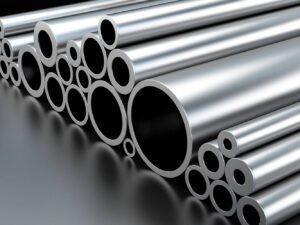
STAINLESS STEEL FAMILIES: FOUR OPTIONS WITH UNIQUE PROPERTIES
Families refer to specific properties and give an idea as to the ratio of various metals in the alloy. Stainless steel falls into four distinct families:
- Austenitic Stainless Steel
- Ferritic Stainless Steel
- Duplex Stainless Steel
- Martensitic & Precipitation Hardening Stainless Steel
But the family is only part of the story. To truly understand what separates one type of stainless steel from another, you’ll need to look at its grade.
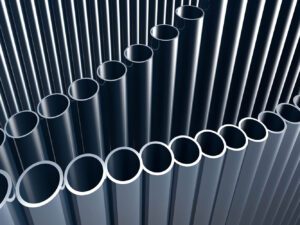
STAINLESS STEEL GRADES
Within families, you’ll find various grades that help to describe specific properties of the alloy such as toughness, magnetism, corrosion resistance and alloy composition.
Older grades often feature a three-digit identifier established by the Society of Automotive Engineers (SAE).
However, you might also see grades in North America identified using a six-character identifier set by the and American Society for Testing and Materials (ASTM).
Unified Number System (UNS) identifiers
These are known as Unified Number System (UNS) identifiers. You can find a full list of common identifiers here.
In many cases, UNS identifiers share the same first three numbers as their AISI equivalent.
But there’s also grading systems created by:
- British Standards (BS)
- International Organization for Standardization (ISO)
- Japanese Industrial Standards (JIS)
- European Standard (EN)
- German Standard (DIN)
- Chinese Standard (GB)
Due to the sheer number of different standards and grading systems, it can be difficult to obtain much information about a given alloys unique composition from it’s grade.
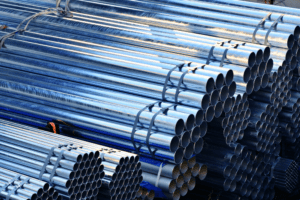
For example, 304 stainless steel by the SAE standard might also be graded as:
- EN number: 1.4305
- EN name: X8CrNiN18-9
- UNS: S30400
- DIN: X5CrNi18-9,
- X5CrNi18-10, X5CrNi19-9
- BS: 304S 15, 304S 16, 304S 18, 304S 25, En58E
JIS: SUS 304, SUS 304-CSP
However, to receive a given grade designation, the alloy must adhere to a strict set of requirements set forth by the organization maintaining the standard.
In the case of the common SAE standards, 304 stainless steel must contain:
- 18% to 20% Chromium
- 8% to 10.5% Nickel
- 0.08% Carbon
- 2% Manganese
- 0.75% Silicon
- 0.045% Phosphorus
- 0.03% Sulfur
- 0.1% Nitrogen
Each addition or adjustment to the alloy composition will have an impact on the various facets of the stainless steel’s performance.
If you’re not sure exactly which grade of steel you need, or what the composition requirements are for the various grades, the lists linked below provide breakdowns of most common options:
- SAE and UNS Chemical Compositions & Mechanical Properties
- BS EN Stainless Steel Compositions
- MatWeb Metall Alloy UNS Number Search
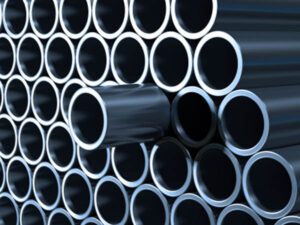
Characteristics Of Common Stainless Steel Families And Grades
When you pair a family and grade together, you get a good indication of what to expect from a specific stainless steel alloy.
You can learn about everything from magnetism and toughness to corrosion resistance and heat resistance.
While there are too many types to individually list, these general classifications provide an idea of what to expect within each family as well as common grades requested.
Austenitic
This family is the most popular and widely used around the world.
It often includes chromium and nickel. Some grades also include manganese and molybdenum.
While austenitic stainless steel is non-magnetic when annealed with a solution, certain cold worked grades are magnetic. Heat-based hardening will not work with these types of steel.
However, they offer excellent corrosion resistance and creep resistance while remaining great for welding.
Popular grades of austenitic stainless steel include 303, 304, 316, 310 and 321 grades.
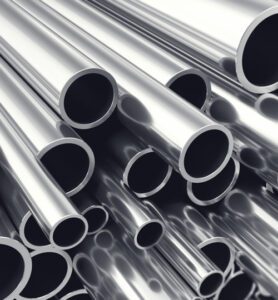
Ferritic
Due to its lower nickel content, this is one of the most cost-effective families available.
While low on nickel, these alloys often chromium, molybdenum, niobium and/or titanium to improve toughness and improve creep resistance.
Most are magnetic and offer good corrosion resistance and weldability as well.
Popular in indoor applications, such as kitchenware, or out-of-sight applications, such as exhaust, these alloys are well suited for situation where visual appeal isn’t as important as cost and performance.
Common grades of ferritic stainless steel include 409 and 430 grades.
Duplex
This family includes many of the most recent and proprietary alloys created.
Many duplex grades offer a combination of properties from both austenitic and ferritic stainless steels.
Characteristics depend on the alloy as many are created to address specific industrial concerns, such as weight, toughness and higher tensile strength. Most offer good weldability and formability in comparison to other families of steel.
Some are offer improved corrosion resistance. Chloride-resistant stainless steels are especially popular in offshore use.
Common duplex alloys include are 318L, LDX 2101, LDX 2304, 2507 and 4501 (Also known as 25CR superduplex) grades.
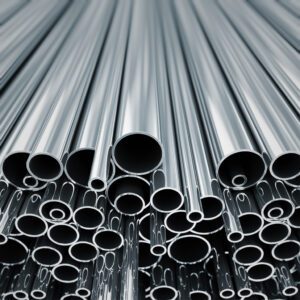
Martensitic & Precipitation Hardening
While the least common of the four major stainless steel families, martensitic and precipitation hardening steels are popular in applications requiring a precise, hardened edge.
Tempering and hardening is possible due to added carbon, making this family a leading choice for knives, scissors, razors and medical tools.
These stainless steel alloys offer moderate to good corrosion resistance and remain magnetic after hardening.
Common grades of martensitic and precipitation hardening steels include 410 and 420 grades.


